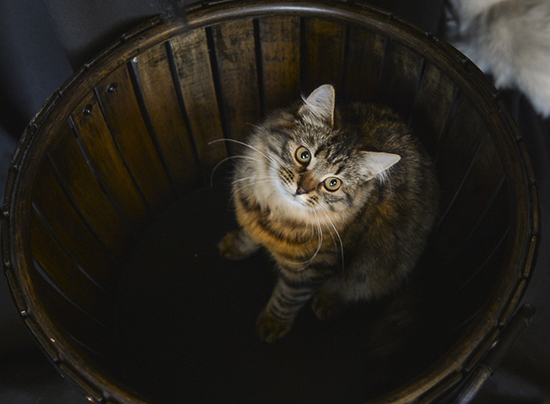
Washington DC-based photographer Anji Martin of Potok’s World Photography — whose photos we shared of the Just Cats Clinic in Reston, VA — answers our cat photography Q & A, sharing her insights about photographing her own cats and her clients’.
How long have you been photographing pets and how did you get started?
I have been a hobby photographer since my childhood, but started taking pictures of cats in 2004. That’s when my husband and I adopted our first cat, Potok. Like most first-time cat parents, I became obsessed with capturing every aspect of my beautiful little girl. Every pose, every expression, every little bit of mischief she got into! And like most people who have tried to make cats pose, I failed miserably at the start! Potok seemed to delight in outsmarting me and looking away at the last second! I am currently based in the Washington, DC metro area and have been a professional photographer since 2012, when I got my photography degree and started Potok’s World Photography (named after my beloved cat, of course!).
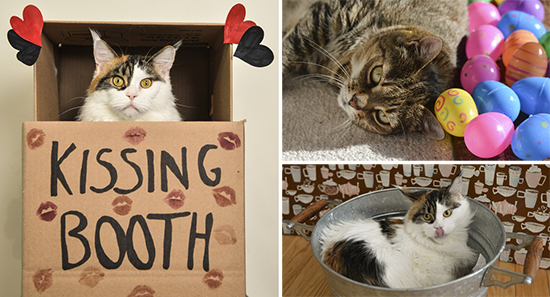
What kind of pet photography do you do? Do you have a specialty?
I specialize in cat-only portraits, but I also do human portrait photos. Being a cat owner myself, I know how nice it is to have pictures of my kittens and how few people offer feline-specific photography.
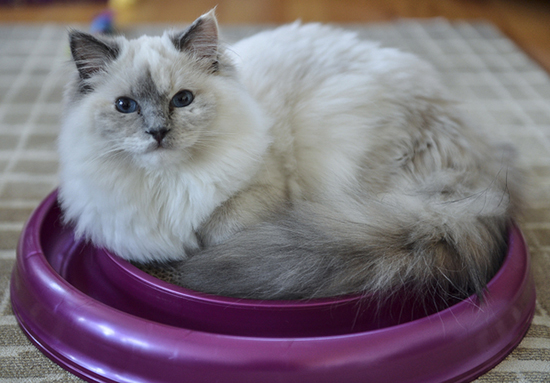
Do you do anything special to prepare for a photo shoot with a cat?
Before the session, typically during the first consultation, I usually try to get the cat’s owner to tell me a little more about the cat’s personality. Depending on what they say, I make suggestions about the setting (indoors vs. outdoors, for example) and try to bring a small toy or treat along (with the owner’s consent of course!).
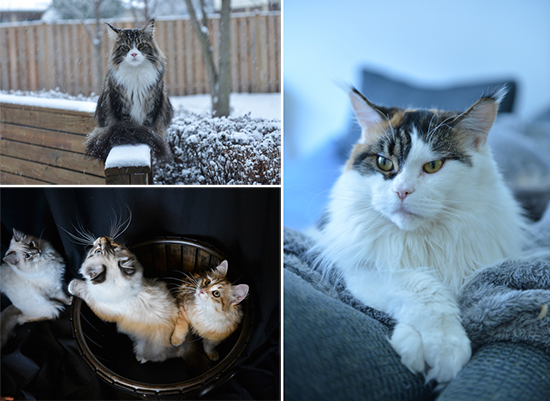
What was the most challenging cat photo shoot you have done? Any funny stories?
Of course! Cats usually do exactly the opposite of what you want them to! Whenever I do an indoor session, I can count on the cats trying to hide behind the backgrounds that I usually hang. Or even worse, they will try to climb them and end up pulling them down in the process! The most challenging session I’ve ever had was when I was photographing six kittens at once for a local breeder. At one point, I turned around to find that two were missing. Turns out that they had managed to wedge themselves between the background and its stand, hanging from the fabric like acrobats!
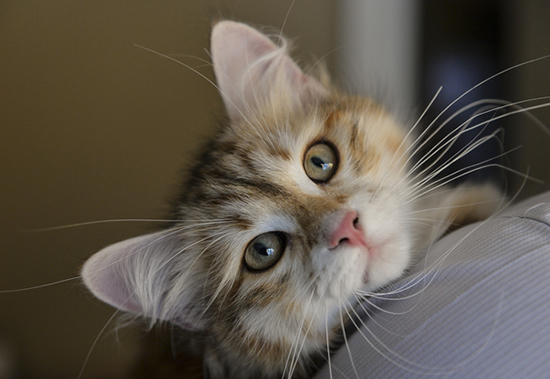
Do you have any tips for readers about how to take great photos of their cats?
For those who are a bit more adept with a camera, take photos of cats without using a flash. The bright light can be a bit much for eyes that are designed to see in near darkness. I think that Potok learned to recognize the sound of the flash about to go off and turned away so as not to be blinded. I photograph our new cat, Bean, without a flash, and she doesn’t seem to mind looking at the camera. Or maybe her experience as a show cat makes her a more willing model! If that is not an option, try to find something that captures the cat’s attention. I have found that the more a cat focuses on something other than the camera, the more likely it is to be a good subject. Also, rewarding them with a little treat for sitting still is an effective way to encourage good behavior.
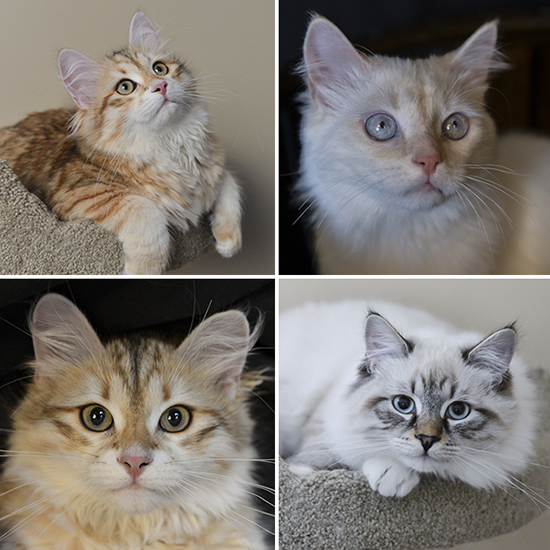
For the more technically inclined readers, can you please tell us what equipment you use?
I use a Nikon D4 as my primary camera and a Nikon D3 as my secondary. Lenses: Nikon 24-70mm, Nikon 70-200mm, Sigma 50-500mm and Nikon 50mm f/1.4 Lighting: Nikon speedlight SB 700 (to bounce of a reflector not as an actual flash) Studio lighting: Bowens Gemini 400Rx or Profoto B1-500 pro flash (for light off a reflector not as an actual flash).
. . .
See more of Anji’s cat photography at PotoksWorldPhotography.com. Thanks, Anji!

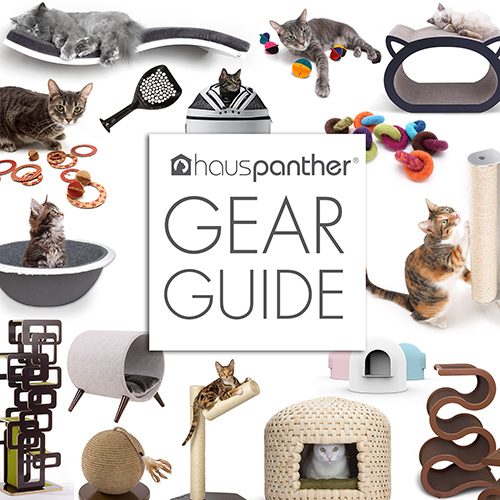
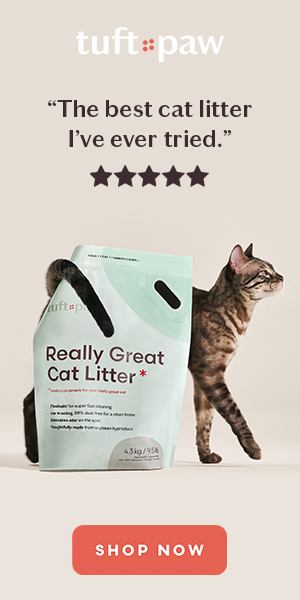
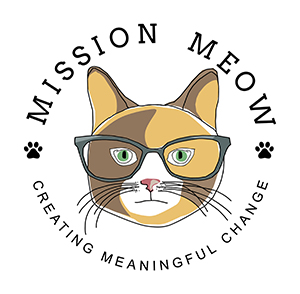


Beautiful photos — and the suggestion about not using flash is excellent.
Wonderful photos! I stopped using flash a few years ago myself, for the same reason. I thought it might be even harder on feline eyes than it is on human eyes.